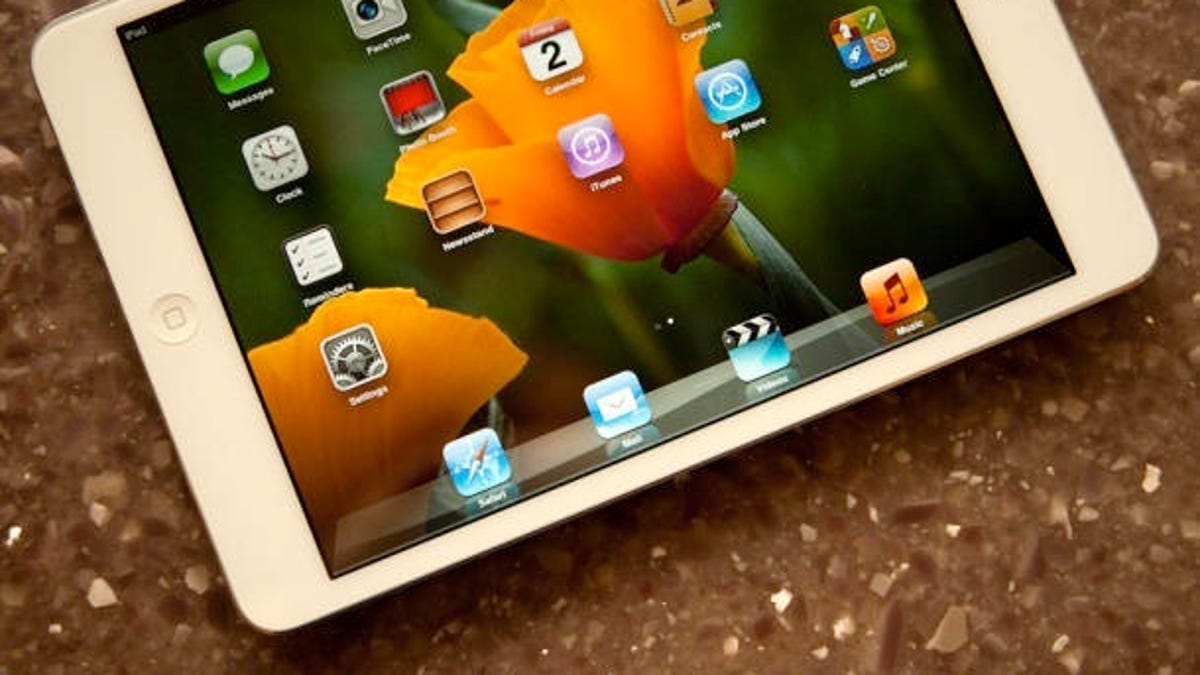The iPad Mini design explained
An analyst offers her reasons for the iPad Mini's design. Apple was aiming at an eminently portable, light tablet, not a product with the latest and greatest display technology.

So, why did Apple go with an unremarkable display for its iPad Mini and how is this related to the overall design? An IHS iSuppli analyst explains.
The iPad Mini sports an average-resolution display that falls short of the super-high-resolution Retina displays on most of Apple's other mobile products like the 9.7-inch iPad, iPhone, and iPod.
I asked Vinita Jakhanwal, a display analyst at IHS iSuppli, to give me her thoughts about Apple's design decisions.
"I think there are a lot of other issues involved in creating a new form factor device," Jakhanwal said.
"Maybe they could have done a Retina display, but they would have had to compromise on thickness and weight and price. And what's the impact on power consumption? Maybe there were more important things for them to do at this point," she said.
Indeed, an iPad Mini with a Retina display would almost certainly not be the light, slick, 0.28-inch thick design that most reviews rave about. The 9.7-inch iPad is instructive in this respect. In order to go Retina, Apple had to make that thicker and heavier than the iPad 2.
And a Retina iPad Mini -- at this point in time -- almost certainly would not sell for $329, the lowest price for an Apple tablet to date.
A future iPad Mini, however, could go Retina while maintaining its current design and even, possibly, its price.
That would call for display technologies like IGZO or Low Temperature Polysilicon (LTPS). Both technologies could allow Apple to squeeze Retina displays into an iPad Mini chassis.
While IGZO has gotten a lot of attention because of persistent rumors that Apple was going to use that technology in the iPad 3 and iPad 4, LTPS is also emerging as a candidate.
"IGZO may get used in the iPad Mini, but that doesn't stop them from using LTPS. It can provide even better resolution than IGZO" in thin designs, Jakhanwal said.
For example, LTPS is being used in the iPhone 5, according to Jakhanwal.
"This technology is primarily being used for smartphones. There have been some concerns about scaling or manufacturability for larger size [displays]," she said.
But at a recent display conference in Japan, Jakhanwal said, she saw a few companies showing LTPS on 7-inch class displays, boding well for LTPS in large designs.
The upshot? Though Apple may opt for a Retina display in a future iPad Mini, for now form follows function: the iPad Mini needed to be extremely portable and easy on battery life, not a device leading the way on display technology.

